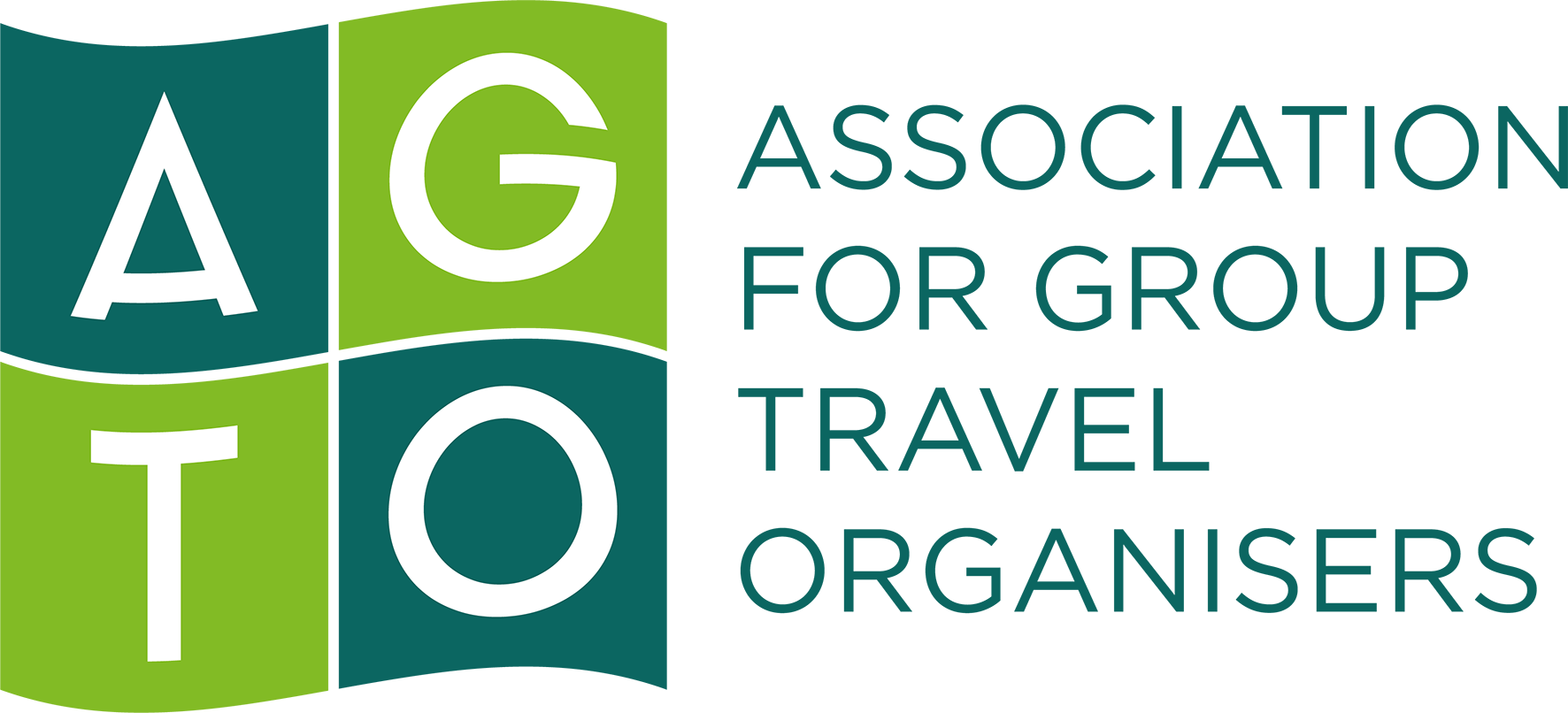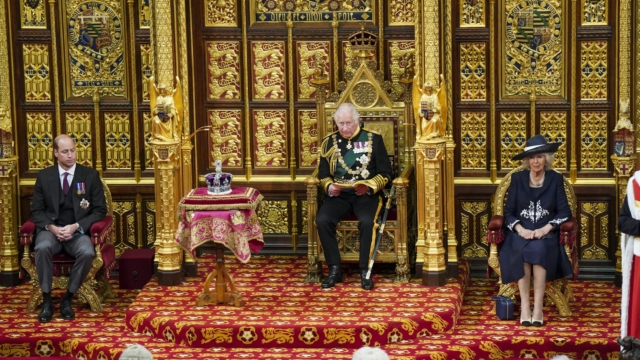Attached a copy of the lobby pack that supports the Queen’s speech. Here are some…
COVID-19 Update 2nd October 2020
- Job Retention Bonus Details Announced
The Government has published the detailed guidance on the Job Retention Bonus. As announced previously, the Job Retention Bonus is one-off £1,000 taxable payment for each eligible employee furloughed and kept continuously employed until 31 January 2021. The bonus itself can be claimed between 15 February 2021 and 31 March 2021.
You can claim for employees that:
- you made an eligible claim for under the Coronavirus Job Retention Scheme
- you kept continuously employed from the end of the claim period of your last Coronavirus Job Retention Scheme claim for them, until 31 January 2021
- are not serving a contractual or statutory notice period for you on 31 January 2021 (this includes people serving notice of retirement)
- you paid enough an amount in each relevant tax month and enough to meet the Job Retention Bonus minimum income threshold (see below)
It’s important to note that employers will still be able to claim the Bonus for employees receiving support through the recently announced Job Support Scheme which will supersedes the CJRS
You may be eligible to claim the Job Retention Bonus for employees of a previous business which were transferred to you if:
- TUPE rules applied
- the PAYE business succession rules applied
- the employees were associated with the transfer of a business from the liquidator of a company in compulsory liquidation where TUPE would have applied if the company was not in compulsory liquidation
However, to be eligible for the bonus you must pay your employee a total of at least £1,560 (gross) throughout the tax months:
- 6 November to 5 December 2020
- 6 December 2020 to 5 January 2021
- 6 January to 5 February 2021
And you must do the following now to make sure you’re ready to claim.
- still be enrolled for PAYE online
- comply with your PAYE obligations to file PAYE accurately and on time under Real Time Information (RTI) reporting for all employees between 6 April 2020 and 5 February 2021
- keep your payroll up to date and make sure you report the leaving date for any employees that stop working for you before the end of the pay period that they leave in
- use the irregular payment pattern indicator in Real Time Information (RTI) for any employees not being paid regularly
- comply with all requests from HMRC to provide any employee data for past Coronavirus Job Retention Scheme claims
https://www.gov.uk/guidance/check-if-you-can-claim-the-job-retention-bonus-from-15-february-2021
Determining which employees meet the minimum income threshold for the Job Retention Bonus
Along with the announcement of the details of the Job Retention Bonus, the Government has published resources to help employers determine eligibility and how to calculate claims
CJRS
Finally, also associated with this, the Government is also highlighting to businesses that 30 November 2020 is the last day they can submit claims for furloughed staff for periods ending on or before 30 October 2020.
- Weekly National Update
Here’s the link to this week’s National Update. Of particular interest to tourism and hospitality businesses is Figure 20 on page 16 which shows where cases are occurring. The data here on Acute respiratory Incidents shows that, of 528 Covid outbreaks during the week :
• 91 incidents were from care homes
• 25 incidents were from hospitals
• 204 incidents were from educational settings
• 3 incidents were from prisons
• 141 incidents were from workplace settings
• 24 incidents were from food outlet/restaurant settings
• 740 incidents were from the other settings
This shows that restaurants and pubs only account for about 4.5% of outbreaks, which brings into question the need for a 10pm curfew.
https://www.gov.uk/government/publications/national-covid-19-surveillance-reports
- Guidance Updates
Face Coverings for Staff
The Working Safely with Covid guidance for Restaurants, Pubs, Bars and Takeaway services has now been updated to say:
- If businesses have taken steps to create a physical barrier or screen between workers and members of the public then staff behind the barrier or screen will not be required to wear a face covering. Enforcement action can be taken if barriers and screens are in place which do not adequately mitigate risks. (section 6.1)
Singing and Dancing
The Guidance has also been updated on singing and dancing to say:
- From 28 September businesses must prevent singing in groups of more than 6 (or one household); prevent dancing by customers (other than by the couple at a wedding or civil partnership); and ensure that no loud music is played. (Section 1)
Loud music is music which exceeds 85db(A) at its source (except for performances of live music) are not allowed in law. (Section 4.5)
- Grants for Bolton Businesses
The Government has announced grants of up to £1,500 for businesses in Bolton. The grants will be allocated by Bolton Council to businesses that have been closed for three weeks and will be allocated on the following basis:
- Businesses with rateable values of less than £51,000 will receive a grant of £1,000
- Businesses with rateable values of £51,000 and over will receive a grant of £1,500
Businesses with more than one affected property will receive a grant in respect of each property. The announcement also states that this additional top-up grant will be paid every 3 weeks to businesses where closures persist,
https://www.gov.uk/government/news/bolton-businesses-to-receive-grants-of-up-to-1500-from-government
- More ONS Research
Another round of ONS research was published today which some very worrying data for tourism and hospitality businesses. Among the key findings are:
- The percentage of people visiting a restaurant, pubs, bar or café has fallen from 38% to 28% in the three weeks since Eat Out to Help Out ended
- The percentage of people visiting a beach, beauty spot or heritage site has fallen from 14% to 9% over the last month
- The percentage of people going on holiday in the UK has fallen from 8% to 5% over the last month
(obviously a lot of the last two findings are related to the end of summer holidays but it shows how tourism revenue is falling away)
- National Museum Visitors
Adding to the picture of visitor numbers falling, DCMS’s figures for visitors to the National Museums show that visitor number have fallen below 20% of normal for the first time since the middle of August.
https://www.gov.uk/government/statistics/daily-visitors-to-dcms-sponsored-museums-and-galleries
- Air Corridor Countries
Following on from yesterday’s announcement of various countries including Poland and Turkey being removed from the Air Corridors list, here is a link to the remaining countries that people can arrive into the UK from and not have to quarantine
- R Number
Finally, the R Number and growth rate Figures for the week have been published with the latest R number range for the UK being 1.3-1.6 and the number of Coronavirus cases are increasing at a rate of between +5% to +9% per day


